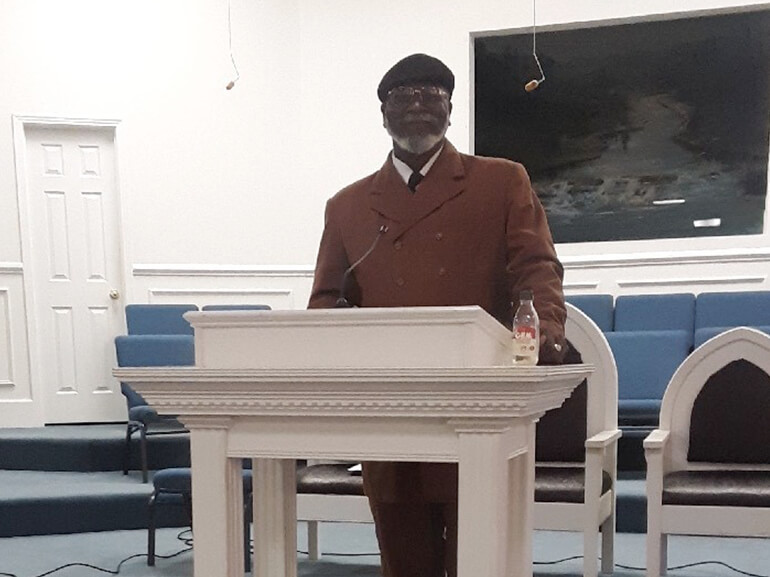Hubert's Story

A former boxer punches back at COVID
Hubert Lomax knows how to put up a fight. As a teenager, he boxed in Golden Gloves matches. After a stint in the U.S. Air Force, he spent 25 years as a prison guard.
When COVID-19 struck the 66-year-old in early spring, Hubert confronted the battle of a lifetime.
Admitted to the hospital near his home in Texarkana, he declined rapidly and was placed on a ventilator. When Hubert’s condition outpaced local resources, doctors arranged transfer to Baylor Scott & White in Dallas. There, COVID’s full-body complications set in. Hubert received a feeding tube and tracheostomy for airway support. Throughout June, he fell into respiratory and kidney failure as well as anemia, gastrointestinal blockages and vascular insufficiency resulting in finger and a below-the-knee amputations.
Against long odds, Hubert survived. By early July, he stabilized and his daughter, praying from her East Texas home, could consider next steps. She chose Select Specialty Hospital – Longview.
Hubert arrived unable to breathe, eat, speak or move independently. He needed dialysis, intravenous medication and intensive therapy. His main goals were coming off breathing support and improving strength.
A physician-led team of nurses, therapists, pharmacists and dietitians created a recovery plan.
Respiratory therapists gradually reduced ventilator settings, testing whether Hubert’s lungs could take over. They led stamina-building breathing and chest exercises. Within two weeks, he liberated from the machine.
Physical and occupational therapists deployed range of motion and in-bed exercises in 10 or 15 minutes bursts to conserve energy. As improvement continued, Hubert got out of bed twice daily and into a chair that supported core muscle development.
Occupational therapy used grasping and pinching tasks to boost dexterity, then retrained Hubert on grooming, dressing and shaving tasks.
Simultaneously, speech therapists stepped in with jaw, tongue and throat exercises to retrain swallowing reflexes so Hubert’s airway support and feeding tube could be removed. Dietitians then created a meal plan of pureed food to ease the transition back to regular meals.
Physical therapists also began preparing Hubert to work with a prosthetic leg, offering encouragement as he strengthened his upper body and remaining limb.
Due to the COVID-19 pandemic, visitation was restricted, however, the hospital team facilitated regular phone and video chats with Hubert’s daughter and grandchildren.
After a month, Hubert was ready for the next phase of recovery. He was discharged to an inpatient rehabilitation hospital near his daughter’s home to receive additional occupational and physical therapy, including prosthetic leg training.
Despite his ordeal, Hubert said he’s blessed. “God was looking after me,” he said. “I’m a strong believer.”
His message to those facing their own COVID recoveries? “Don’t cut yourself short. The glass is half full, not half empty.”